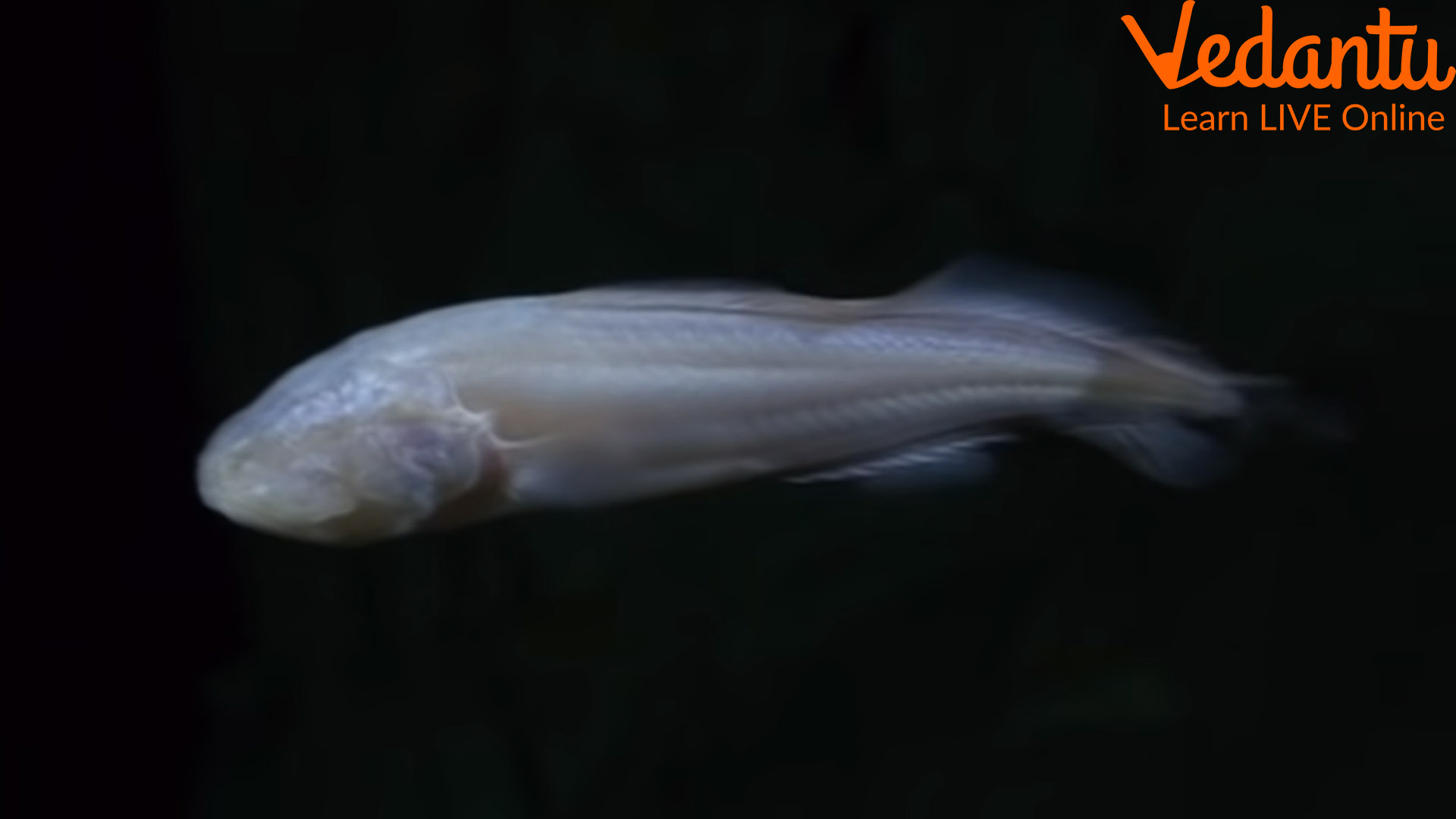List of Animals That Can See Without Eyes
Vision is the prime sense that enables us to see and understand the environment around us. It is the fastest way to sense things around us and help us react. It all happened as our earth is showered by light from the sun. Light reaches as deep as 1000 m in the marine ecosystem. However, there are animals that do not depend on the sense of vision.
The animals without eyes can sense their surroundings and can manage to survive. It is their evolutionary development that made them eyeless yet they can sustain in their ecosystems quite well. Let us find out and make a list of such animals that do not use eyes to see.
How Can Animals Sense Their Environment without Eyes?
As mentioned earlier, these animals have undergone certain evolutionary development that has led to the omission of eyes. It means they have sense organs stronger than vision matching their requirements to sense the surroundings and survive.
For instance, snakes can only perceive two primary colours unlike us. It means that their dichromatic vision may or may not be ideal for diurnal or nocturnal activities. They use their tongue to sense their surroundings. They can also catch vibrations caused by animals better with their eyes. There are many such examples that show how evolution and adaptation have made animals blind but their other senses heightened for survival. They have developed an extra-ocular vision to keep an eye on their surroundings.
What is Extraocular Vision?
The ability to see or perceive the surroundings with sense organs other than the eyes is called extra-ocular vision. It is a remarkable ability that allows an animal to trace objects, plants and animals in their surroundings without using the power of vision. They have developed exceptional senses that can resolve scenes without using their discrete eyes.
List of Animals without Eyes
Now that we have understood what extra-ocular vision is, let us list animals that see without eyes.
1. Star-nosed Mole
This mole is virtually blind and is nocturnal in nature. It spends most of its time underneath the ground digging holes, hunting, and scavenging. It does not use its eyes to see but uses the highly sensitive tendrils developed in its snout to sense the surroundings. These tendrils have the power to sense 13 spots at a time and prepare a scene for the mole to analyse.
2. Atretochoana
This animal has been recently discovered in the Amazon River. It looks like a snake but actually is a relative of salamanders. It has naked skin and does not need lungs to breathe. It slithers like a snake and can even breathe underneath the water. It does not have eyes to perceive the surroundings but can sense using its skin. It is one of the rarest lungs-less tetrapods that have mesmerised the world of zoology with its abilities.
3. Sea Urchins
Sea urchins are another name for a miracle that can respond to light without having eyes. These are primitive animals that can even change colour according to the incident light. Researchers have been baffled to see such animals responding to their surroundings without using their sense of vision.
Over the years, research has revealed that these animals have light-sensitive tissues on their skin. These tissues are connected with nerve endings. These nerve endings cumulatively form an organised visual system that can easily replace a pair of eyes. It has also been found that this extra-ocular visual system is way better in scanning the surroundings and helping sea urchins to survive in the deep marine ecosystems.
4. Hydras
Hydras are the relatives of jellyfish with tentacles. You must have studied how hydras move using their tentacles. They use their tentacles to sting and hunt other smaller invertebrates in an aquatic environment. They do not have eyes but have the capability of responding to light. In this context, hydras respond to light the way sea urchins do.
5. Japanese Swallowtail Butterflies
Butterflies usually have compound eyes like many insects but this species has something that baffles the entire community of zoologists. This butterfly lacks proper eyes but has two specific regions of photoreceptors covered with sensitive neuron endings on its abdomen. In fact, these light-sensitive regions are closer to their genital organs and help them to perceive from the rear end.
6. Mexican Tetra
The name might sound like an arcade video game. It is actually the name of a blind fish living in deep dark caves. Due to lack of light, this species has evolved eye-less. They can perceive the changes in water pressure and do not need eyes to map the surroundings. This example shows how the lack of use of an organ simply omits it, evolving new and better senses for survival.

Mexican Tetra Without Eyes
7. Texas Salamander
Texas Salamanders live in underground water where light does not reach much. If you look at them, you will not find eyes. This salamander is smaller in size and can perceive water pressure. Its eyes have developed into small black dots on its head and have no function. It also has red external gills developed for breathing in water.
Animals with Exceptions in Vision
Skinks are the answers to which animals can see with closed eyes. They have developed transparent eyelids that let them see even when their eyes are closed. This evolutionary feature enables these animals to see while burrowing and eating insects underneath the surface.
Imagine how fascinating nature is. Animals like us will not be able to take a step without our vision. On the other hand, these animals have developed remarkable capabilities to sense their surroundings without eyes. If you observe closely, their physiological features are unique and have successfully replaced the use of eyes without compromising their survival in the wild.







